It is crucial for the success and productivity of any firm to keep the workplace clean and well-organized at all times. Establishing a regular cleaning routine is one of the most efficient ways to accomplish this goal. A cleaning schedule is a methodical plan that specifies when and how certain parts of an organization will be cleaned. It is often kept up-to-date. It confers a multitude of advantages on your firm, including the maintenance of a wholesome and productive atmosphere for the workforce. Let’s take a look at some of the benefits that come along with having a cleaning program set up.
Protects Employees’ Health and Safety
Keeping the workplace clean is one of the most important things that employers can do to ensure the health and safety of their workforce. By eliminating dust, allergens, and dangerous germs through routine cleaning, one can lower their risk of developing respiratory problems as well as allergies. Because a cleaning plan ensures that all locations, including toilets, breakrooms, and common spaces, are constantly sterilized, it helps reduce the spread of germs and avoid the outbreak of illnesses.
Increased Worker Productivity
A workplace that is well-kept and well-organized has a direct bearing on the work output of its personnel. Workspaces that are cluttered can be a source of distraction for employees and make it more difficult for them to concentrate on their work. The implementation of a cleaning plan results in the creation of a neat and well-maintained working environment, which enhances both concentration and productivity. Workers are able to do their jobs in an atmosphere that is both pleasant to the eye and beneficial to their level of productivity.
Improved Employee Morale and contentment
Increased cleanliness and upkeep in the workplace are both factors that lead to an increase in the general morale and contentment of the workforce. Employees have a tendency to take more satisfaction in their work when they perceive that the environment in which they work is well-maintained and tidy. It fosters a positive environment and a sense of well-being, which ultimately results in greater job satisfaction and staff retention rates. The presence of a cleaning schedule suggests that the organization places a high value on the physical environment in which employees spend a substantial amount of their working day.
Creating a Cleaning Routine
Creating a cleaning routine can actually help save money in the long term, so doing so is something that should be considered. The collection of dirt and grime, as well as damage to surfaces, can be avoided by performing routine cleaning and maintenance. If you take care of these problems as soon as they arise, you can prevent the need for more significant repairs or replacements, which will ultimately result in lower maintenance expenditures. In addition, accidents and injuries, both of which can result in expensive legal and medical bills, are less likely to occur in a workplace that is kept clean.
Enhancing Your Professional Image
The fact that your workplace is spotless will serve as evidence of your company’s professionalism and attention to detail, which is advantageous to your business. When someone enters a space that has been meticulously maintained, they are more likely to leave with a positive impression, including customers, guests, and potential business partners. It conveys the message that your business is proficient, organized, and committed to upholding high standards across the board, including in terms of cleanliness. Maintaining a clean workplace can give your company a competitive edge and help attract new clients and opportunities.

In conclusion, a cleaning plan is an invaluable instrument for any firm that strives to maintain a clean, healthy, and productive work environment. You may improve the health and safety of your employees, boost productivity and morale, reduce costs, and project an image of professionalism if you execute a planned cleaning plan. It is an investment that brings returns in a variety of forms and makes a contribution to the organization’s continued success over the long term.


